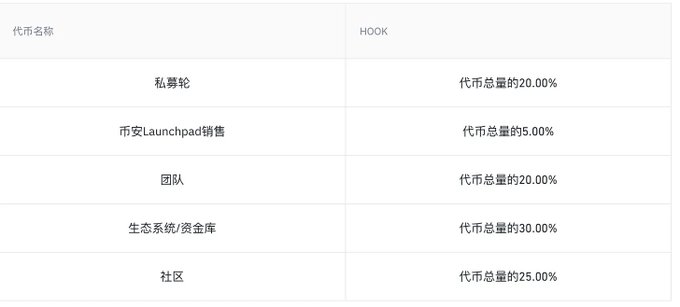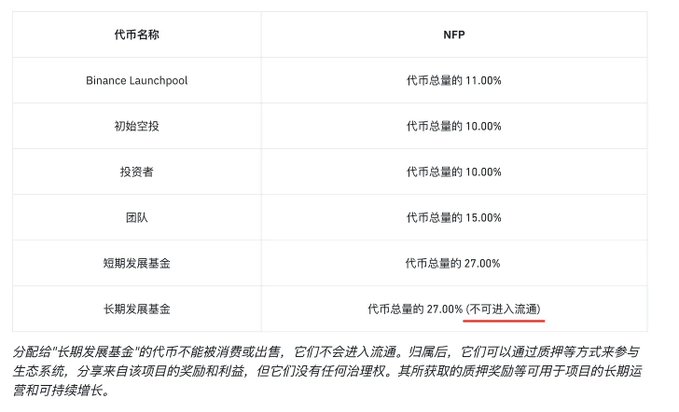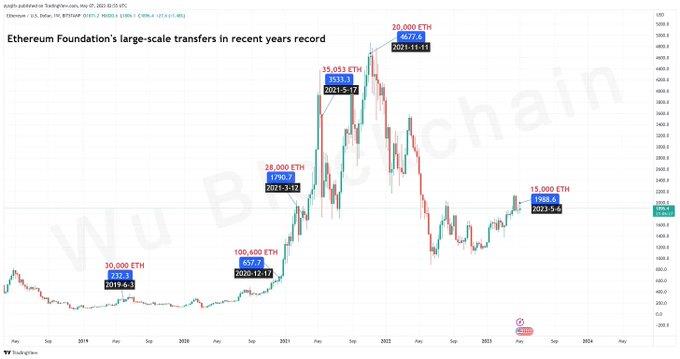Significantly increase the proportion of chips held by retail investors vs. project parties and VCs, enhancing the "Fair" level.
Author: CapitalismLab
Binance recently launched NFP, and the community asked, "What is this?" The core of this release is the introduction of "Fair Mode" and the token economic report. From this, it can be seen that Binance aims to significantly increase the proportion of chips held by retail investors vs. project parties and VCs, enhancing the "Fair" level.
This may become the core framework for listing on Binance Launchpad in the future, bringing new opportunities for BNB investors and users. This article will analyze this for you.

Based on the introduction of Fair Mode, NFP, and the token economic report, the main points can be summarized as follows:
Increase the opening circulation to reduce FDV, allocate more to Launchpool and airdrop shares, and give more chips to retail investors.
Permanently lock a portion of the project party's chips, making them non-negotiable, effectively reducing the total supply.
With a give-and-take approach, the proportion of chips held by retail investors vs. project parties may have increased by 10 times compared to the original project.
A. Token Allocation Issues
What were the problems with the previous new projects launched on Launchpad/Launchpool? The chips were all in the hands of the project parties and VCs! Take the frequently criticized Hook for example, Launchpad only had 5%, while the project parties and VCs took 40%, and the so-called ecosystem and community took 55%, which was recently also labeled by the project parties as "adding liquidity" on Binance.

By this calculation, the ratio of retail investors to project parties and VCs is 1:8 on the surface, but in reality, it may be 1:19, meaning the majority of the coins are basically controlled by the project parties.
Why is there a distribution for the ecosystem and community? Ideally, the project parties should use these funds reasonably to achieve growth, so that even if they are gradually unlocked later, they can be supported by fundamental growth. However, the actual use is difficult to regulate and may become a tool for the project parties to sell off.
Additionally, since the actual initial circulation of the project is too small, only 5%-10%, once listed on Binance, it can easily reach a $1 billion FDV (fully diluted valuation), which is close to the scale of one of the leading DeFi projects, MakerDAO. Even if the project parties really use the ecosystem fund reasonably, it may not be able to sustain a $1 billion scale in the long run, which is likely to lack long-term potential.
B. Increase the Opening Circulation to Reduce FDV
How to solve this problem? Educating users is definitely not enough, as retail investors will only buy directly. Therefore, the only solution is to increase the opening circulation, as the buying side is limited, and the corresponding market value is also limited. Increasing the circulation will likely reduce the FDV.
Looking at the new coin projects on Binance Launchpad, regardless of their quality, they all had around 5% shares. Therefore, the final application projects were all pulled to around $1 billion. This is quite unreasonable, as in the eyes of users, the project is basically just a shell value listed on Binance, unrelated to its fundamentals. Therefore, Binance probably wants to adjust the initial circulation model to give projects with different fundamentals some differentiated valuations.
For example, NFP's opening Launchpool + airdrop has 21%, compared to Hook's 5%. Assuming retail investors buy the same amount, then NFP's FDV on the first day of listing may only be about 1/4 of Hook's, which is around 200-300 million. With the AI label, even if the project parties lie flat, there is still some hope to push ATH through narrative.

C. Non-circulating Long-term Development Fund
Furthermore, from the NFP chart, it can be seen that 27% of the long-term development fund is "non-circulating." This note is worth careful reading: "The tokens of the long-term development fund cannot be consumed or sold, and they will not enter circulation. After being allocated, they can participate in the ecosystem through methods such as staking, sharing rewards and benefits from the project, but they have no governance rights. The rewards obtained from staking can be used for the project's long-term operation and sustainable growth."
What does this mean? How does the ETH Foundation currently pay for development and operating costs? By selling coins! Most project parties also do this, which is clearly not a long-term plan, as selling off all the coins will deplete them.

Binance's intention is probably that the ETH Foundation will no longer sell coins, but will stake its ETH to earn money to pay for long-term growth and operating costs. Of course, this should only apply to projects that can generate income. The NFP report also mentioned that it will support token "staking sharing platform fees." In the worst-case scenario where the project has no income, this is almost equivalent to direct destruction.
If the project can make money in the future, the short-term development fund that can be spent will probably be spent more cautiously by the project parties, as spending too much will dilute the staking share of the long-term development fund, resulting in less income. This introduces a new game.
In summary, the long-term development fund is a way to effectively reduce the total supply, indirectly reduce the FDV, and also incentivize the project parties to seriously build and earn money while spending less.
D. Significantly Increase the Proportion of Chips Held by Retail Investors vs. Project Parties
As calculated earlier, the ratio of retail investors to project parties and VCs for Hook is 1:8 on the surface, but in reality, it is 1:19. With NFP, the ratio is (Launchpool 11% + airdrop 10%) 21% vs. 25% (team + VCs), close to 1:1, but in reality, it is 21%:52% (100%-21%-non-circulating 27%), close to 1:2.5.
Binance also stated in the report that the use of funds should be more strictly regulated, and there may be more improvements in this area.
With a give-and-take approach, the proportion of chips held by retail investors vs. project parties and VCs has increased tenfold. Although these still have some costs, projects cannot reach the level of blue-chip or meme coins, but compared to before, it is indeed much "Fair," and can be considered a tribute to FairLaunch, so calling it "Fair Mode" is also reasonable.
Conclusion
Binance intends to significantly increase the proportion of chips held by retail investors vs. project parties and VCs, give more chips to retail investors, enhance the fairness of projects, differentiate initial valuations, reduce inflationary pressure, and incentivize project parties to build for the long term.
For retail investors, they can either buy BNB to receive more free Launchpool shares, or actively participate in airdrops to receive more airdrop shares. Both of these areas are likely to receive more shares in the future.
免责声明:本文章仅代表作者个人观点,不代表本平台的立场和观点。本文章仅供信息分享,不构成对任何人的任何投资建议。用户与作者之间的任何争议,与本平台无关。如网页中刊载的文章或图片涉及侵权,请提供相关的权利证明和身份证明发送邮件到support@aicoin.com,本平台相关工作人员将会进行核查。




